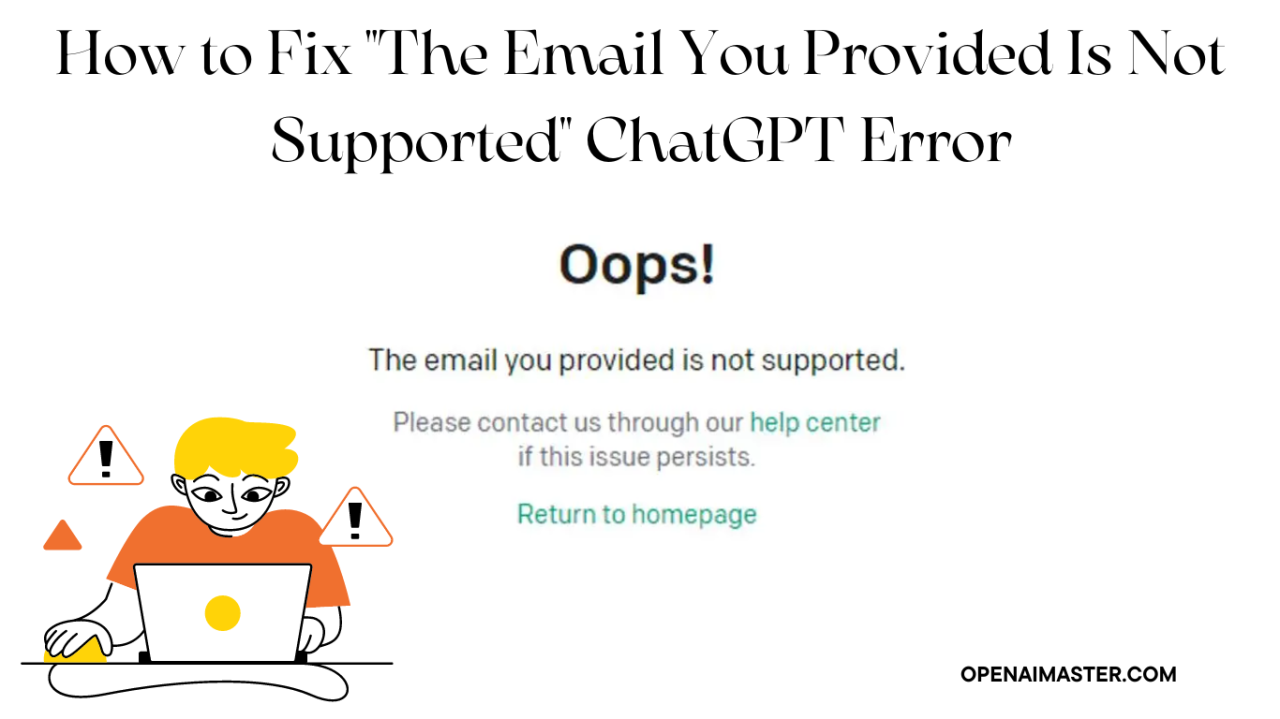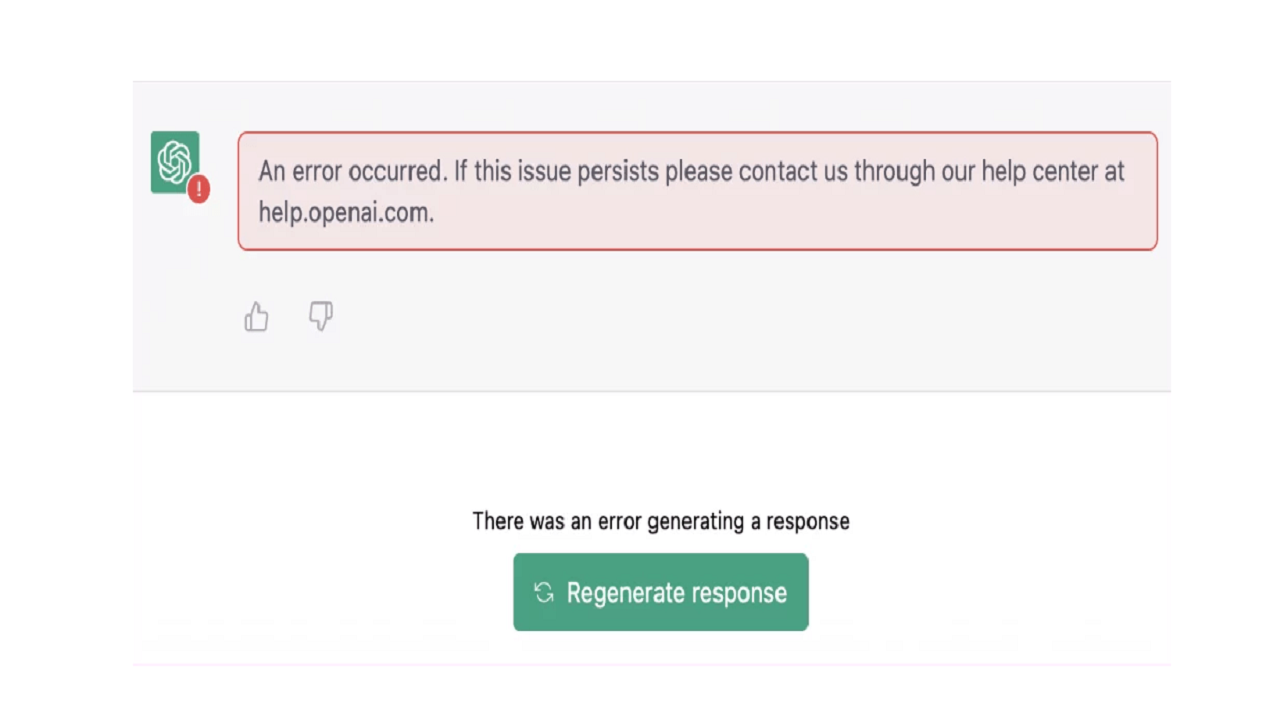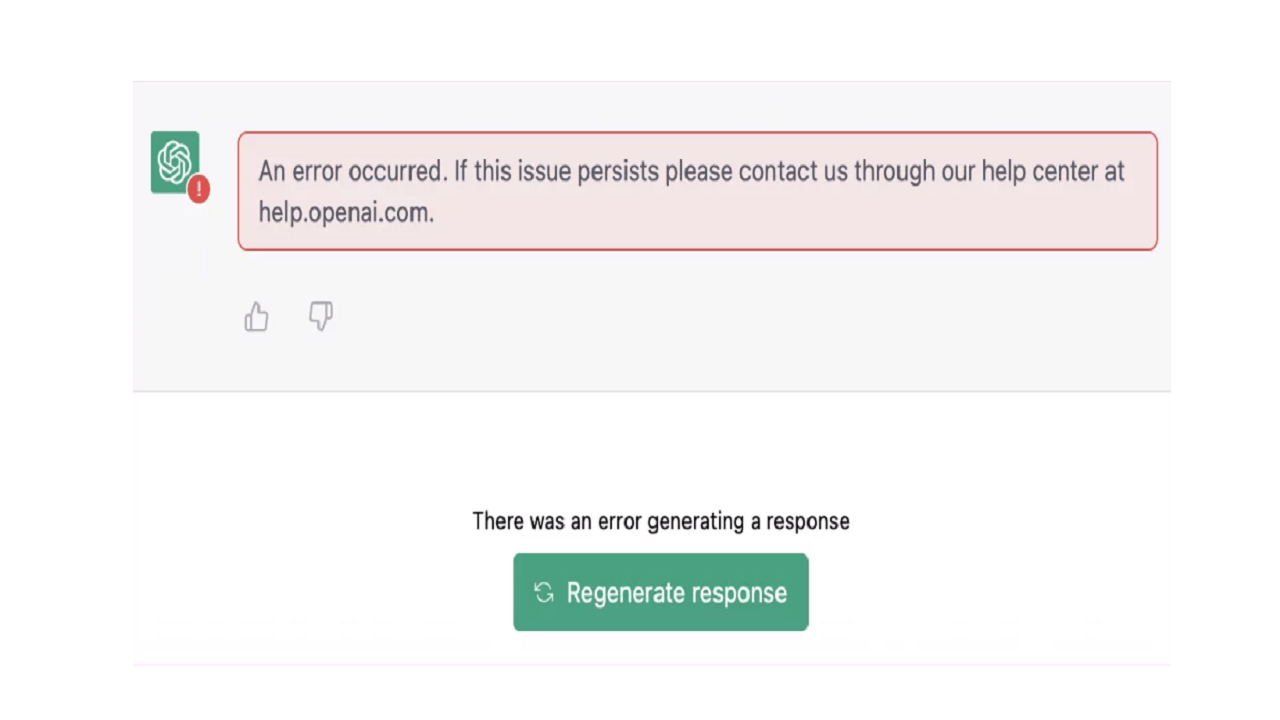Chat GPT down? It happens. These outages aren’t just frustrating inconveniences; they highlight the crucial role reliable AI services play in our daily lives, from academic research to professional workflows. This exploration delves into the user experience during downtime, the technical causes behind these interruptions, effective communication strategies during outages, and the broader impact on businesses and reputations.
We’ll also look at ways to build more resilient systems.
We’ll examine common user frustrations, the impact on productivity across different user groups, and the alternative solutions people find. Then, we’ll investigate the technical reasons behind outages, including server overload, network issues, and the role of software updates. The importance of clear communication during downtime will be addressed, along with strategies for managing user expectations and minimizing reputational damage.
Finally, we’ll explore different service models and redundancy strategies to enhance resilience.
User Experiences During Kami Outages

Kami outages can be incredibly frustrating for users, impacting productivity and workflow across various user groups. Understanding these experiences is crucial for improving service resilience and user satisfaction.
User Frustration During Downtime
Common frustrations during Kami outages include loss of access to information, inability to complete tasks, and disruption to workflows. The severity of frustration often depends on the user’s reliance on the service and the nature of their task.
Bummer, Chat GPT’s down again! If you’re a Telus customer needing help, though, you can try contacting their loyalty program using this number: telus loyalty phone number. Hopefully, they can assist while you wait for Chat GPT to come back online. It’s frustrating when these services go offline, isn’t it?
Impact of Downtime on Different User Groups

The impact of downtime varies significantly across different user groups. Students might miss deadlines for assignments, while professionals could experience delays in project completion or communication disruptions.
| User Group | Frustration Level | Alternative Solutions |
|---|---|---|
| Students | High (missed deadlines, disrupted research) | Using alternative research tools, seeking extensions |
| Professionals | Medium to High (delayed projects, communication issues) | Using alternative communication platforms, switching to offline tools |
| Researchers | High (loss of data access, interrupted analysis) | Using local data backups, exploring alternative research platforms |
| Casual Users | Low to Medium (inconvenience, entertainment disruption) | Switching to other entertainment sources, waiting for service restoration |
Causes of Service Interruptions
Kami service interruptions can stem from a variety of technical issues and planned maintenance activities. Understanding these causes is key to developing effective preventative measures.
Technical Issues Leading to Disruptions
Several technical factors can contribute to Kami outages. These include server overload due to high user demand, network connectivity problems, and database errors.
- Server overload: High traffic can overwhelm servers, leading to slow response times or complete unavailability.
- Network issues: Problems with internet connectivity or internal network infrastructure can disrupt service.
- Database errors: Corrupted data or database failures can prevent the service from functioning correctly.
Role of Software Updates and Maintenance, Chat gpt down
Planned software updates and maintenance are necessary for improving service stability and security, but they can also cause temporary unavailability. Careful planning and execution are essential to minimize downtime during these periods.
Examples of Past Incidents and Their Root Causes

- Example 1: A major outage in 2024 was caused by a cascading failure in the server infrastructure, resulting from an unexpected surge in traffic.
- Example 2: A shorter outage in 2023 was attributed to a software bug that was introduced during a routine update.
Preventative Measures to Minimize Downtime
Companies can implement several preventative measures to minimize downtime, including robust infrastructure design, regular system monitoring, and proactive software testing.
Communication Strategies During Downtime: Chat Gpt Down
Effective communication during outages is critical for managing user expectations and maintaining trust. A well-defined communication plan is essential for transparently informing users about service disruptions and their expected resolution.
Communication Plan for Informing Users
A comprehensive communication plan should Artikel the channels to be used (email, social media, website), the frequency of updates, and the designated personnel responsible for communication.
Sample Messages for Various Communication Channels
Sample messages should be concise, informative, and empathetic. They should acknowledge the disruption, provide an estimated time of restoration, and offer alternative solutions if possible.
- Email: “We are currently experiencing a service disruption affecting Kami. We are working to resolve the issue as quickly as possible and will provide updates every hour. We apologize for the inconvenience.”
- Social Media: “Kami is currently down. We’re working hard to get things back online ASAP. Stay tuned for updates!”
- Website: A prominent banner on the website should display a message about the outage and provide updates as they become available.
Best Practices for Managing User Expectations
Transparency, honesty, and proactive communication are key to managing user expectations during an outage. Regular updates, even if there’s no significant progress, help maintain trust and reduce frustration.
Comparison of Communication Strategies
Different communication strategies have varying levels of effectiveness. A multi-channel approach, combining email, social media, and website updates, often provides the best reach and keeps users informed.
Impact on Business and Reputation
Service interruptions can have significant financial and reputational consequences for companies. Understanding these impacts is crucial for developing strategies to mitigate risks.
Potential Financial Consequences
Downtime can lead to lost revenue, increased customer support costs, and damage to brand reputation, all of which can have significant financial repercussions.
ChatGPT’s down, which is a bummer, especially if you were relying on it for, say, analyzing flight data. Speaking of flight, if you’re interested in the mechanics of aerial mishaps, check out this article on drone crashes – it’s surprisingly relevant to understanding complex system failures, much like what might be happening with ChatGPT itself. Hopefully, ChatGPT will be back online soon!
Effect on Company Reputation and Brand Image
Outages can negatively impact a company’s reputation, eroding customer trust and potentially leading to customer churn. A company’s response to an outage can significantly influence how customers perceive the brand.
Examples of Successful Recovery from Outages
Companies that have successfully recovered from major outages often emphasize transparency, proactive communication, and swift resolution. They demonstrate a commitment to customer satisfaction and service reliability.
Hypothetical Scenario Illustrating Impact of Prolonged Outage
A hypothetical scenario of a week-long Kami outage could result in millions of dollars in lost revenue, a significant drop in user engagement, and widespread negative media coverage, severely damaging the brand’s reputation.
Visual Representation of Downtime
A well-designed infographic can effectively communicate the causes and effects of downtime. Visual elements, such as charts and graphs, can help convey complex information in a clear and concise manner.
Visual Elements of a Hypothetical Infographic
The infographic would use a timeline to show the duration of the outage, a bar chart to compare the impact on different user groups, and a pie chart to illustrate the proportion of downtime caused by different factors (e.g., server issues, software updates). A flowchart could visually represent the sequence of events leading to the outage and its resolution.
Use of Color Schemes and Visual Hierarchy
A consistent color scheme would be used to maintain visual appeal. A clear visual hierarchy would prioritize key information, such as the cause of the outage and the steps taken to resolve it. For instance, critical information could be highlighted using bold text or contrasting colors.
Step-by-Step Description of Infographic Creation
The infographic would be created using a design tool. The timeline would be created by placing labeled points along a horizontal line, representing the start and end of the outage and significant events during the process. The bar chart would show the relative impact of the outage on various user groups, using different colors for each group. The pie chart would display the percentage of downtime attributable to each cause.
The flowchart would visually illustrate the steps taken to address the outage, using shapes and connecting arrows.
ChatGPT’s down, and it’s got me thinking about other things that are up in the air, literally! Check out this article on drone sightings around the world – it’s fascinating how widespread they’ve become. Maybe that’s why ChatGPT crashed; too many drones trying to access it at once? Anyway, back to waiting for ChatGPT to come back online.
Alternative Service Models
Different service models offer varying levels of resilience against outages. Understanding the strengths and weaknesses of each model is crucial for designing a robust and reliable service.
Benefits and Drawbacks of Service Models
Cloud-based services often offer higher resilience due to redundancy and scalability, while on-premise solutions may offer greater control but are more vulnerable to single points of failure. A hybrid approach can combine the advantages of both.
Effectiveness of Redundancy Strategies
Redundancy strategies, such as having backup servers and geographically distributed data centers, significantly improve resilience by ensuring that the service remains available even if one component fails.
How Diverse Infrastructure Mitigates Downtime
A diverse infrastructure, utilizing multiple providers and technologies, reduces the risk of widespread outages caused by single points of failure or localized disruptions.
Implementation of a Failover System
A hypothetical failover system for Kami could involve automatically switching to backup servers in case of a primary server failure. This would ensure minimal disruption to users during an outage.
Last Word
Understanding why large language model services go down, and how to mitigate the impact, is critical in our increasingly interconnected world. From proactive preventative measures to robust communication strategies, building resilience into these systems is key to maintaining user trust and minimizing disruption. By analyzing past incidents and exploring alternative service models, we can learn to better navigate future outages and strengthen the overall reliability of these crucial tools.
Helpful Answers
What happens to my data during an outage?
Data is usually preserved, but access is temporarily unavailable. Specific data handling practices vary by service provider, so check their terms of service.
How long do outages typically last?
Outages can range from minutes to hours, depending on the cause and the provider’s response time. Major outages can last longer.
Is there a way to predict outages?
Not perfectly. While providers monitor systems, unforeseen issues can still arise. Following official communication channels for updates is best.
What should I do if I experience an outage?
Check the service provider’s website or social media for updates. Try again later. If the outage persists, contact support.
